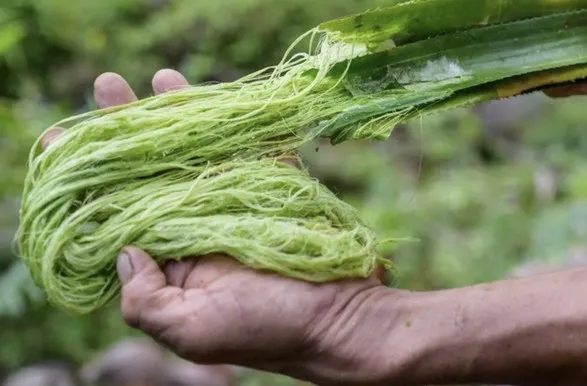The textile industry is rich with a variety of yarns that cater to diverse needs and creative expressions. While mainstream yarns like cotton, wool, and polyester are widely known and used, off-beat textile yarns offer unique properties and opportunities for innovation. In this blog, we will explore some of these off-beat yarns, their characteristics, and their applications in the textile industry. Understanding these yarns can provide manufacturers with new avenues for creativity and differentiation in the market.
What Are Off-beat Textile Yarns?
Off-beat textile yarns are those that deviate from the traditional, commonly used yarns. They often possess unique characteristics that make them suitable for specific applications, niche markets, or innovative textile products. These yarns can be derived from unconventional materials, engineered for specific functionalities, or produced through unique processes.
Types of Off-beat Textile Yarns
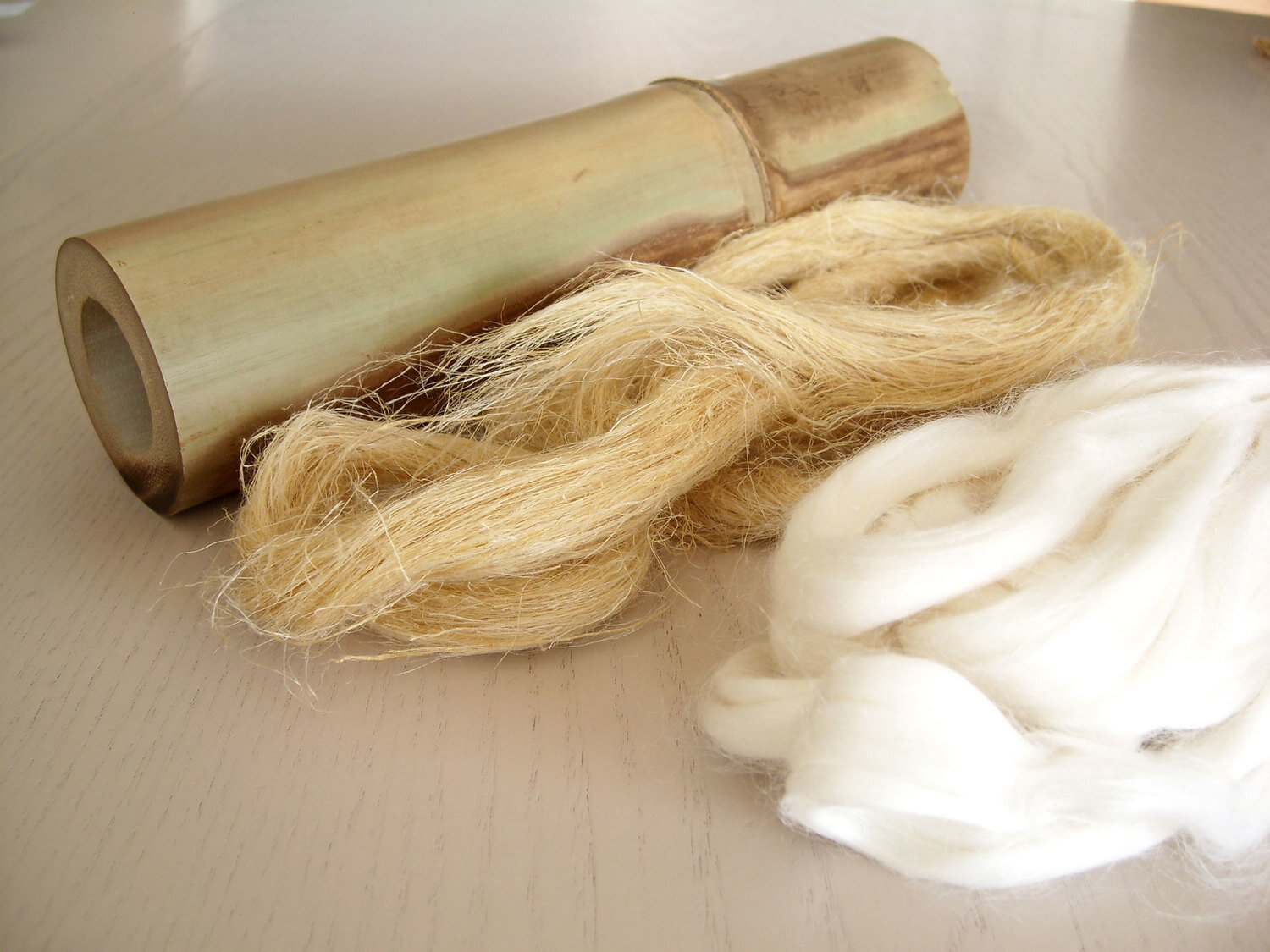
Bamboo Yarn
Bamboo yarn is an eco-friendly option known for its softness, breathability, and antibacterial properties. It is a sustainable alternative to cotton and is used in various applications, from clothing to home textiles.
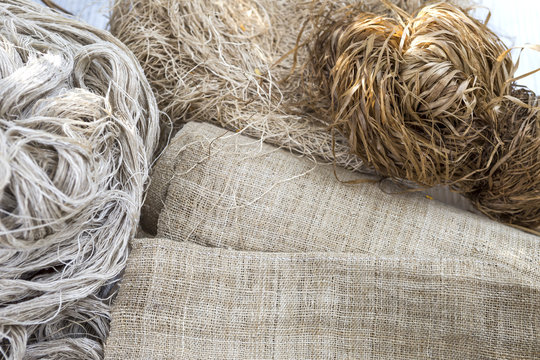
Hemp Yarn
Hemp yarn is strong, durable, and environmentally friendly. It has natural resistance to mold and UV light, making it ideal for outdoor fabrics and eco-conscious fashion.

Banana Yarn
Made from the fibers of banana plants, banana yarn is biodegradable and has a silky texture. It is used in making luxurious fabrics and artisanal textiles.
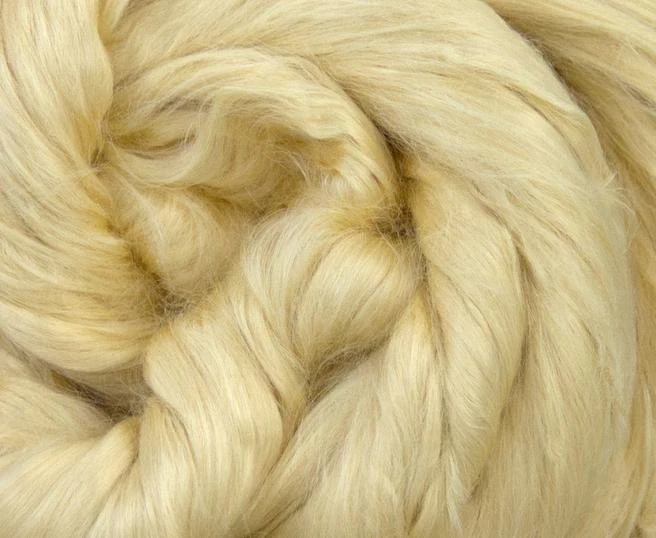
Soybean Yarn
Soybean yarn, also known as “vegetable cashmere,” is a byproduct of tofu manufacturing. It is soft, lightweight, and has excellent moisture absorption properties, making it suitable for sportswear and intimate apparel.
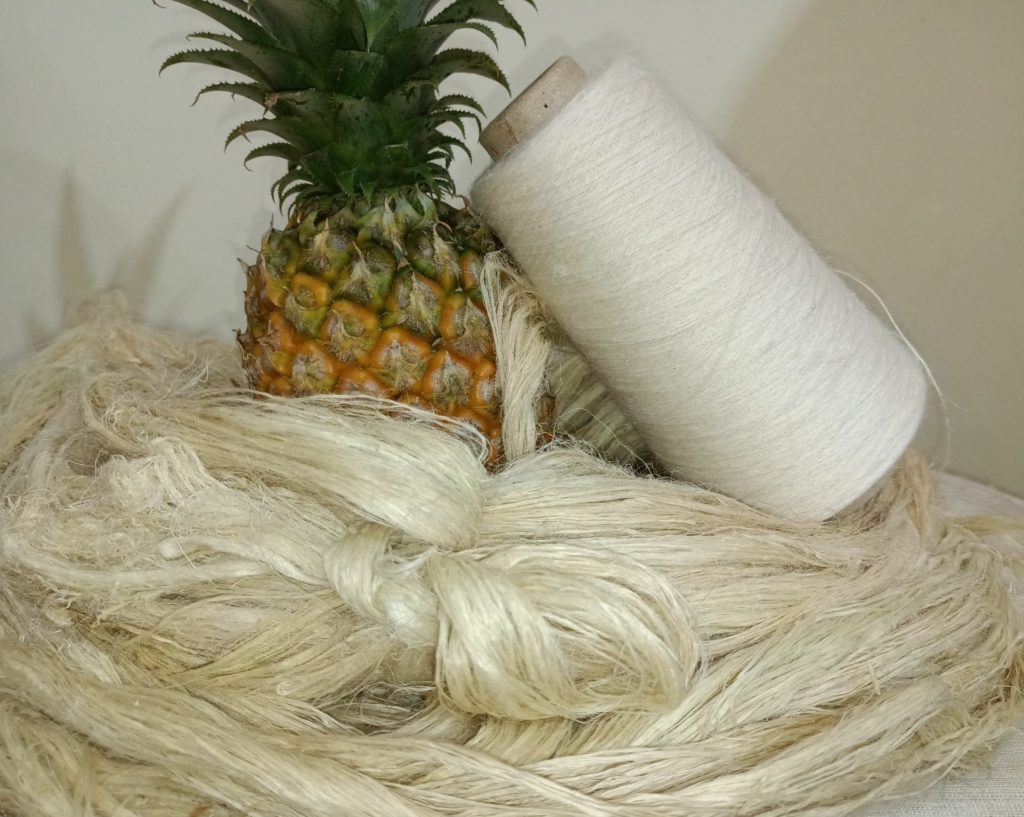
Pineapple Yarn
Pineapple yarn is derived from pineapple leaves and is known for its durability and lightweight nature. It is often used in creating sustainable and ethical fashion products.
Benefits of Off-beat Textile Yarns
- Sustainability: Many off-beat yarns are derived from renewable resources and are biodegradable, contributing to environmental sustainability.
- Unique Properties: These yarns often possess unique properties such as antibacterial effects, high durability, and excellent moisture-wicking capabilities.
- Innovation: Using off-beat yarns allows textile manufacturers to create innovative and unique products that stand out in the market.
To understand the basics and categories of yarns, you can read our blog on The first step to fabric- Yarns and its broad categories.
Applications of Off-beat Textile Yarns
- Fashion and Apparel
Off-beat yarns are increasingly used in fashion to create unique, eco-friendly garments. Designers appreciate these yarns for their distinct textures and sustainable qualities. - Home Textiles
Bamboo, hemp, and banana yarns are popular in home textiles for making bedding, curtains, and upholstery due to their durability and natural properties. - Technical Textiles
Certain off-beat yarns are used in technical textiles for specific functionalities, such as moisture-wicking sportswear or antibacterial medical textiles.
Production Processes for Off-beat Yarns
The production of off-beat yarns often involves specialized spinning processes to handle the unique properties of the raw materials. For instance, bamboo and banana fibers require careful processing to extract and spin into yarn. Hemp and soybean yarns also involve distinct processing techniques to ensure the fibers are spun into high-quality yarns suitable for various applications.
For more insights into the spinning processes used for staple yarns, visit our blog on Spinning processes used in Staple Yarns.
Challenges and Considerations
While off-beat yarns offer many benefits, manufacturers must consider challenges such as:
- Supply Chain: Sourcing raw materials for off-beat yarns can be challenging and may require establishing new supply chains.
- Cost: Some off-beat yarns can be more expensive than traditional yarns due to limited production and specialized processing.
- Consumer Acceptance: Educating consumers about the benefits of off-beat yarns is crucial for market acceptance and demand.
For a comprehensive understanding of the yarn manufacturing process, check out our blog A deep dive into Yarn Manufacturing Process.
Conclusion
Off-beat textile yarns provide exciting opportunities for innovation and sustainability in the textile industry. By exploring these unique yarns, manufacturers can diversify their product offerings and appeal to eco-conscious and niche markets.
For comprehensive solutions in textile manufacturing and sourcing, visit locofast.com. Locofast offers a robust network of suppliers and manufacturers, providing high-quality textiles and reliable services to meet your business needs. Explore their website today to learn more about how Locofast can support your journey toward excellence in the textile industry.
